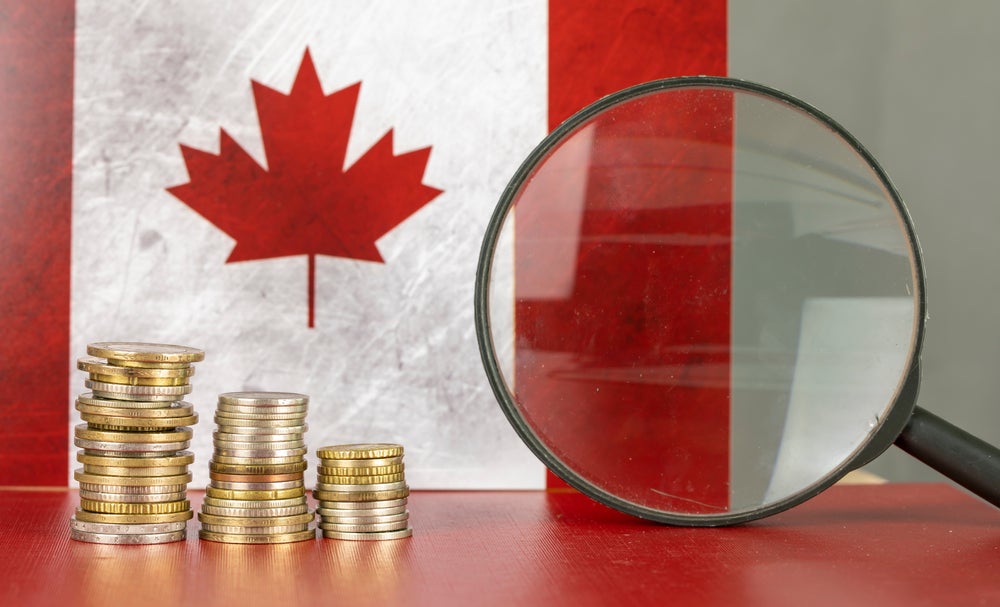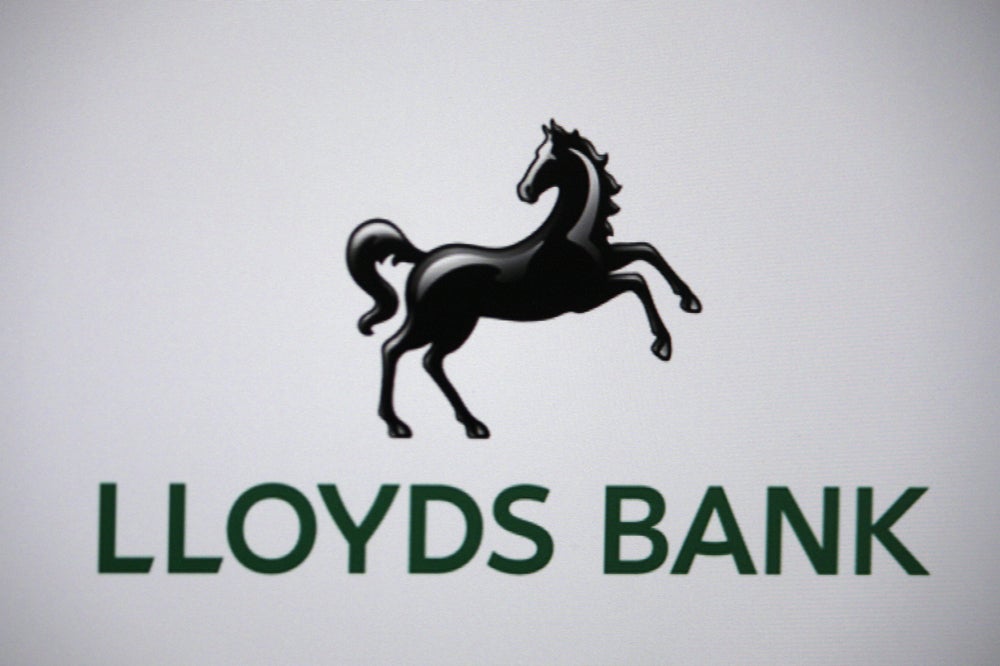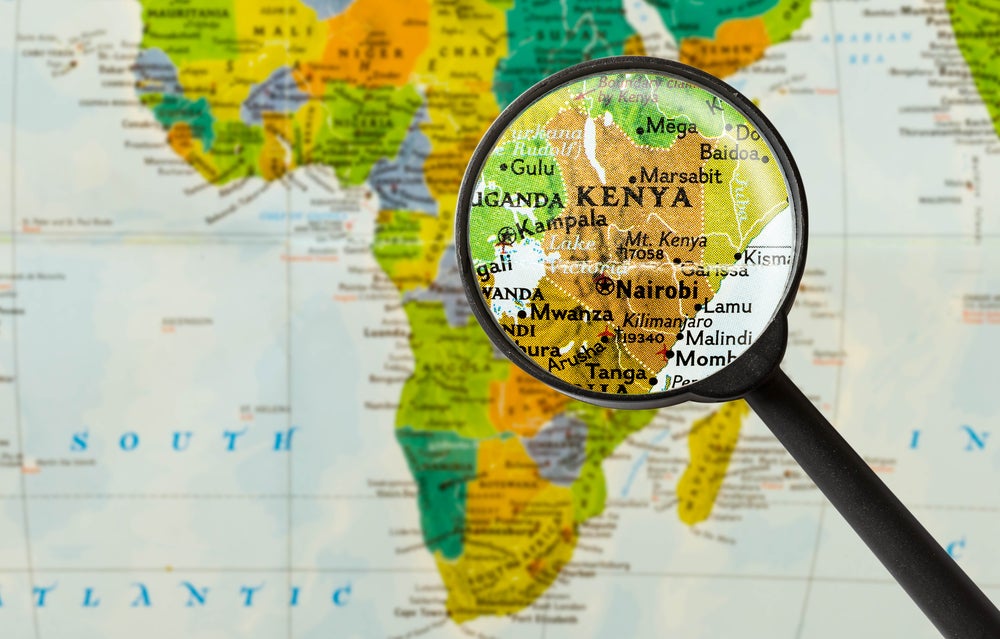Banking the unbanked, a problem generally viewed as a one faced by developing countries, is also a huge challenge for the US, reveal two in-depth studies undertaken by the Federal Deposit Insurance Corporation. It also clearly evident that without federal involvement, it will remain an unresolved problem
At first glance the headline one in four households unbanked or underbanked would suggest it referred to a developing economy. Far from it the headline was used by the Federal Deposit Insurance Corporation (FDIC) to describe the current state of play in the US.
The FDICs revelation was based on a survey conducted on its behalf by the US Bureau of the Census during January 2009, and is described by the FDIC as the most comprehensive survey to date of the countrys unbanked and underbanked.
Specifically, the survey revealed that 25.6 percent of all households in the US are unbanked or underbanked. Of this total, 7.7 percent of households were found to be unbanked, which translates to 9 million households or about 17 million adults. An additional 17.9 percent, or 21 million households nationally (about 43 million adults) were found to be underbanked.
According to the FDIC, households were identified as unbanked if they answered no to the question: Do you or does anyone in your household currently have a checking or savings account?
Underbanked households were defined as those that have a current or savings account but rely on alternative financial services. Specifically, underbanked households have used non-bank money orders, non-bank cheque-cashing services, payday loans, rent-to-own agreements, or pawn shops at least once or twice a year, or refund anticipation loans at least once in the past five years.
How well do you really know your competitors?
Access the most comprehensive Company Profiles on the market, powered by GlobalData. Save hours of research. Gain competitive edge.

Thank you!
Your download email will arrive shortly
Not ready to buy yet? Download a free sample
We are confident about the unique quality of our Company Profiles. However, we want you to make the most beneficial decision for your business, so we offer a free sample that you can download by submitting the below form
By GlobalDataUS faring poorly
The situation in the US compares very unfavourably with that in the UK, where in 2004 the government launched a concerted drive the Universal Banking initiative to decrease the number of unbanked people. This led to the formation by the Treasury in April 2005 of the Financial Inclusion Taskforce (FIT) to oversee the implementation of the governments initiative.
The initiative proved to be a big success with the FIT reporting in its annual report released in October 2009 that the number of UK households without access to any form of bank account fell from 1.3 million in the 2003-04 fiscal year to 690,000 households at the end of the 2007-08 fiscal year. The figure at the end of fiscal 200-08 represented 2.6 percent of the UKs 26.1 million households.
That the US faces a major challenge was acknowledged by the FDICs vice-chairman Martin J Gruenberg, who emphasised that a key goal of its study was to provide information needed to address the financial needs of the unbanked in the US.
Of particular significance, the FDICs study clearly reveals considerable variations in the proportion of US households that are unbanked across racial and ethnic groups. Specifically, minorities more likely to be completely unbanked include blacks (21.7 percent of black households), Hispanics (19.3 percent), and American Indian/Alaskans (15.6 percent). Racial groups less likely to be unbanked are Asians (3.5 percent) and whites (3.3 percent). This pattern is repeated among households deemed to be underbanked.
Income also plays an important role in households use of financial services, said the study, which revealed that households with an annual income under $30,000 account for at least 71 percent of unbanked households.
As income increases, the share of households that are unbanked declines considerably. Nationally, nearly 20 percent of lower-income US households earning below $30,000 annually do not have a bank account. In contrast, only 4.2 percent of households with annual income between $30,000 and $50,000, and less than 1 percent of households with yearly income of $75,000 or higher, are unbanked.
However, the FDIC stressed that households with an annual income between $30,000 and $50,000 are almost as likely as lower-income households to be underbanked.
Banks disinterested
The FDIC being armed with a plethora of data on the nations unbanked millions is one thing. Gaining co-operation from the banking industry to address the issue is another.
The magnitude of the challenge was highlighted by a study published by the FDIC in February 2009 based on a survey of all 8,099 financial institutions which it insures.
Survey questions focused on banks perceived challenges to serving unbanked and underbanked consumers, their attitudes towards attracting these consumers and payment and credit products offered to entry-level consumers.
The overriding message emanating from the survey is that given the current attitude of most banks, the unbanked and underbanked problem will remain unresolved.
Of particular note in this respect, the survey revealed that while 73 percent of banks are aware that significant unbanked and/or underbanked populations are in their market areas, only 18 percent of banks identify expanding services to unbanked and/or underbanked individuals as a priority in their business strategy.
In addition, 77 percent of banks have not researched the potential opportunity of serving the unbanked and/or underbanked households. Even among the 25 largest banks, 54 percent have not conducted research of this nature.
When asked about concerns faced in serving or targeting unbanked and/or underbanked individuals, banks listed profitability issues first, followed by regulatory barriers, and fraud concerns. Also highlighted were regulatory impediments reflecting concerns related to maintaining compliance with the Patriot Act and the Bank Secrecy Act.
When asked what efforts they were making as part of their strategies to serve unbanked and/or underbanked customers, a mere 12 percent said they offer prepaid card issuance and reloading, 18 percent offered bill paying services and under 1 percent offered cheque cashing facilities.
Based on its findings, the FDIC has recommended that consideration be given to defining a national shared government-industry goal to lower the number of unbanked and underbanked individuals and households as well as a national task force to provide oversight and guidance.







